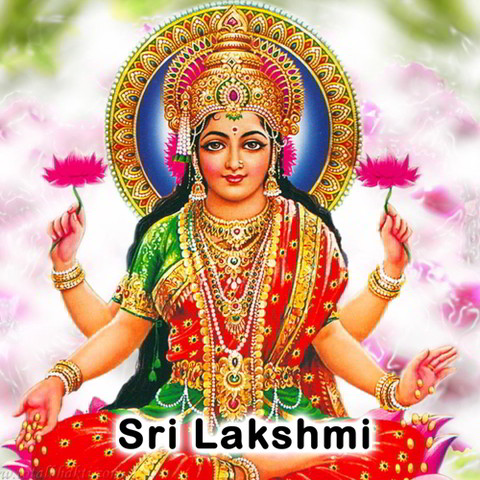

The Hare Krishna Tree, an American Elm in Tompkins Square Park, New York City, under which Bhaktivedanta Swami Prabhupada began the first recorded public chanting of the Hare Krishna mantra outside India. The Broadway musical Hair has a song, "Hare Krishna", containing the mantra, along with some additional lyrics. Spiritual elevation and joy are to be derived from chanting God's holy names. no intoxication or use of stimulants (including caffeine).These four principles (or "Four Commandments" as Srila Prabhupada once referred to them), are: Although Prabhupada was open to anyone becoming a member of the Hare Krishnas, they had to follow the four regulative principles, one of which is strict abstention from intoxicants, including marijuana. This was an erroneous association, as the ideals of these groups are quite different. In the late 1960s and early 1970s, the Hare Krishnas became confused with the hippie counterculture. Beginning in New York City 1965, he encircled the globe fourteen times in the final eleven years of his life, thus making 'Hare Krishna' a well-known phrase in many parts of the world. Bhaktivedanta Swami Prabhupada, a devotee of Krishna in disciplic succession, on the order of his guru, Srila Bhaktisiddhanta Sarasvati, brought the teachings of Sri Chaitanya from Bharat (India) and single-handedly took the responsibility of spreading them around the Western world. It is a common belief that the mantra is equally potent when spoken in either order. The latter format is by far the more common within the Vaishnava traditions. Some versions of the Kali Santarana Upanishad give the mantra with Hare Rama preceding Hare Krishna (as quoted above), and others with Hare Krishna preceding Hare Rama, as in Navadvipa version of the manuscript. when he began his mission to spread this mantra publicly to "every town and village" in the world, travelling throughout India, and especially within the areas of Bengal and Odisha. The mantra was popularized by Chaitanya Mahaprabhu roughly around 1500 A.D. No better means than this is to be seen in all the Vedas. Hare Rama Hare Rama, Rama Rama Hare Hare, Hare Krishna Hare Krishna, Krishna Krishna Hare Hare these sixteen names are destructive of the evil effects of Kali. Narada asks to be told this name of Narayana, and Brahma replies: He shakes off (the evil effects of) Kali through the mere uttering of the name of Lord Narayana, who is the primeval Purusha. Hearken to that which all Shrutis (the Vedas) keep secret and hidden, through which one may cross the Saṃsāra (mundane existence) of Kali. In this Upanishad, Narada is instructed by Brahma (in the translation of K. The mantra is first attested in the Kali-Saṇṭāraṇa Upaniṣad (Kali Santarana Upanishads), a Vaishnava Upanishad written by Raghunandan Bhattacharya.

As such anyone can take part in the chanting without any previous qualification. This chanting of 'Hare Krishna, Hare Krishna, Krishna Krishna, Hare Hare / Hare Rama, Hare Rama, Rama Rama, Hare Hare' is directly enacted from the spiritual platform, and thus this sound vibration surpasses all lower strata of consciousness – namely sensual, mental, and intellectual. When we hear the transcendental vibration, this consciousness is revived. Krishna consciousness is not an artificial imposition on the mind this consciousness is the original energy of the living entity. Bhaktivedanta Swami describes the process of chanting the Maha Mantra as follows:

"Rama can also be a shortened form of Balarama, Krishna's first expansion." The mantra is repeated, either sung out loud ( bhajan), congregationally ( kirtan), or to oneself aloud or mentally on prayer beads made of Tulasi ( japa). The more common interpretation is that Rāma refers to Rama of the Ramayana, an earlier avatar of Krishna. It is sometimes believed that "Rama" in "Hare Rama" means " Radharamana" or the beloved of Radha (another name for Kṛṣṇa). In the hymn Vishnu Sahasranama spoken by Bhishma in praise of Krishna after the Kurukshetra War, Krishna is also called Rama. Bhaktivedanta Swami Prabhupada, Harā refers to "the energy/shakti of Supreme Personality of Godhead" while Krishna and Rama refer to Supreme Godhead Himself, meaning "He who is All-Attractive" and "He who is the Source of All Pleasure". Another interpretation is as the vocative of Harā, a name of Rādhā, Krishna's eternal consort or His energy (Krishna's Shakti). "Hare" can be interpreted as either the vocative form of Hari, another name of Vishnu meaning "he who removes illusion". Sanskrit is a polysemic language and as such, this mantra has multiple interpretations all of which may be considered as correct.


 0 kommentar(er)
0 kommentar(er)
